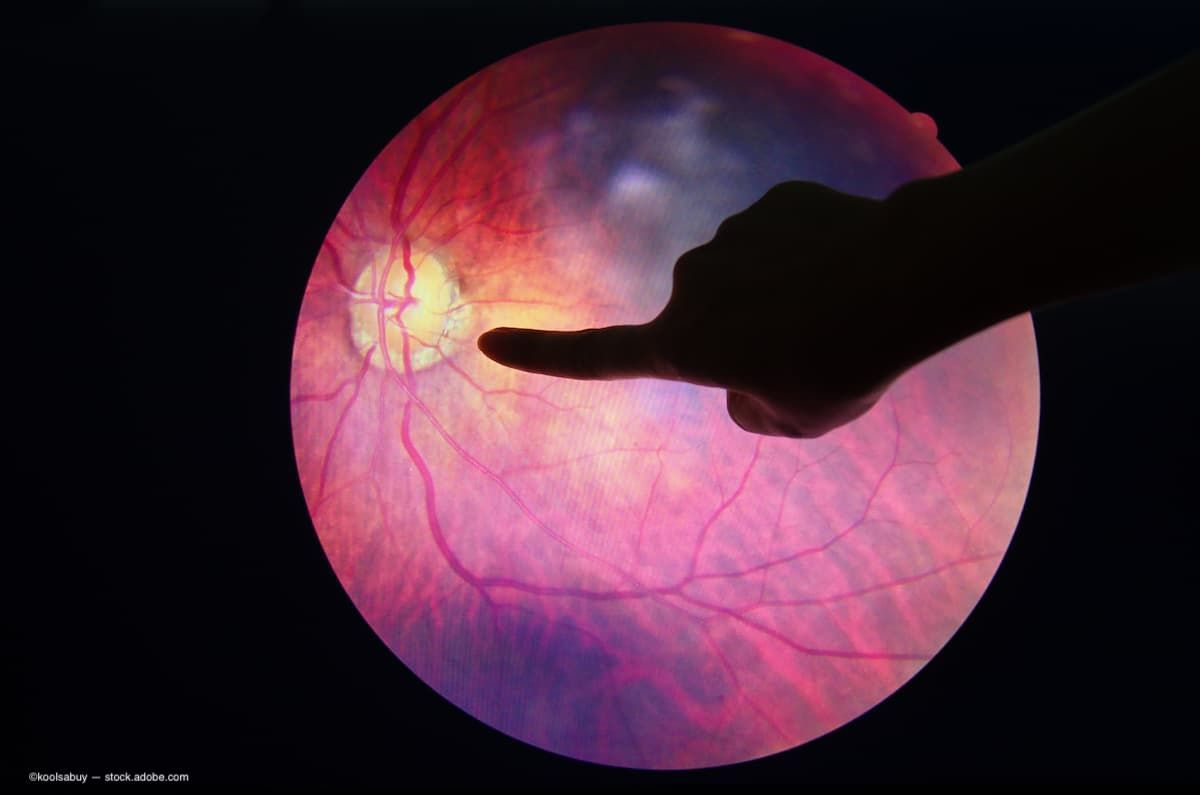Article
Study: Nearly 10 million people in US with diabetes have diabetic retinopathy
Author(s):
(Image Credit: AdobeStock/koolsabuy)

An estimated 9.6 million people in the United States (26.4 percent of those with diabetes) had diabetic retinopathy (DR), and 1.84 million people (5.1 percent of those with diabetes) had vision-threatening diabetic retinopathy (VTDR), according to a study published this week in JAMA Ophthalmology.1
The study also noted that the number of people over the age of 40 living with diabetes-related eye disease, including VRDR, has more than doubled over the last 2 decades.
According to a news release from Prevent Blindness, the study is the first to estimate the prevalence of DR and VTDR in people younger than 40 years. In the youngest age group, ages 0 to 24 years, more than 1 in 10 people with diabetes had DR, which increased to nearly 1 in 5 among people with diabetes ages 25 to 39 years.
The Prevalence of Diabetic Retinopathy in the US in 2021 study was authored by researchers from the Centers for Disease Control and Prevention’s (CDC) Vison Health Initiative, NORC at the University of Chicago (NORC) and the Institute for Health Metrics and Evaluation (IHME) at the University of Washington, and is supported by Prevent Blindness
CDC epidemiologist Elizabeth Lundeen, PhD, MPH, noted in the news release that the increased prevalence of diabetes over the last two decades has likely impacted the number of people living with serious complications like diabetic retinopathy.
“This study provides new state and county level prevalence estimates that the health care and public health communities can use to inform screening and early interventions for optimal vision health,” she said in the release.
“In this work, we brought together data from all the relevant sources in the CDC’s Vision and Eye Health Surveillance System to triangulate between multiple measurements and make estimates that no single source could provide alone,” Abraham Flaxman, PhD, added in the release.
According to the Prevent Blindness news release, additional key findings from the study include:
(Image Credit: Prevent Blindness)

- Approximately 1 in 4 Americans ages 40 and older with diabetes have DR.
- These new estimates include the prevalence of DR and VTDR in people younger than age 40 years. Past prevalence estimates were only for the US population aged 40 and older.
- VTDR prevalence rates are higher for Black (8.7 percent) and Hispanic (7.1 percent) individuals than White individuals (3.6 percent). Thus, a higher percentage of Black and Hispanic individuals with diabetes are at risk for vision loss compared to their White counterparts.
- The prevalence of both DR and VTDR varied widely by U.S. state and county. After standardizing by age, sex/gender, and race/ethnicity, rates of DR among persons with diabetes ranged from a low of 21.2 percent in Nevada to a high of 34.2 percent in Hawaii.
- Prevalence of DR and VTDR among people with diabetes increased substantially with age but then decreased in the older age groups, likely because DR and VTDR are markers for more severe diabetes, which can lead to early mortality.
David B. Rein, PhD, program area director for NORC at the University of Chicago’s Public Health Analytics Program and one of the study’s co-authors, pointed out in the news release that their findings spotlight the need for vision surveillance, which allows scientists to monitor emerging trends in vision-threatening conditions like diabetic retinopathy.
“The information provided in this study can be used at the national, state, and county level to understand the burden of diabetic retinopathy and to design interventions to help people living with the condition preserve their vision,” he added in the news release.
The Prevent Blindness news release noted that estimates in the study were determined with aid from data from CDC’s Vision and Eye Health Surveillance System (VEHSS), which leverages new and existing data sources to help health professionals, researchers, policy makers, and patients understand the scope of vision loss, eye disorders, and eye care services in the United States. Detailed estimates of DR and VTDR at the national-, state-, and county-level stratified by age group, sex/gender, and race/ethnicity can be accessed online at the VEHSS website.
According to the news release, Prevent Blindness is an education and communications partner for the VEHSS. For diabetes patients and their care partners, Prevent Blindness offers a wide variety of user-friendly resources in English and Spanish, including downloadable fact sheets, patient educational videos, and a listing of eye care financial assistance resources.
For healthcare professionals, community health educators, and diabetes educators, Prevent Blindness provides the newly redesigned Diabetes + The Eye educational tool kit, which includes an educator course with presentation collateral, fact sheets, and social media graphics.
“The number of diabetes cases in America continues to grow, and with that, so are the damaging effects on vision,” Jeff Todd, president, and CEO of Prevent Blindness, concluded in the news release. “It is our hope that this new data will guide us to successful interventions and improved outcomes for those with diabetes and their families.”
Reference:
Lundeen EA, Burke-Conte Z, Rein DB, et al. Prevalence of Diabetic Retinopathy in the US in 2021. JAMA Ophthalmol. Published online June 15, 2023. doi:10.1001/jamaophthalmol.2023.2289
Newsletter
Don’t miss out—get Ophthalmology Times updates on the latest clinical advancements and expert interviews, straight to your inbox.





